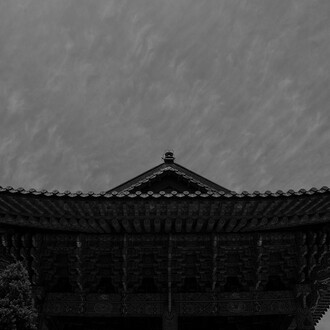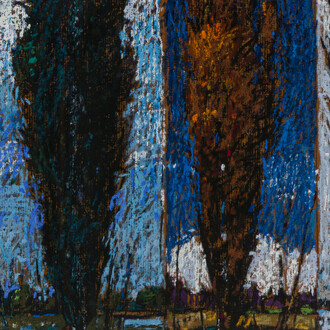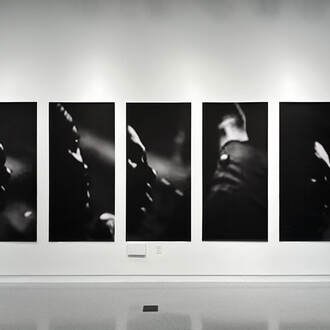Fleiss-Vallois is pleased to present Windchimes and prayers, an exhibition curated by Julia Wachtel with works by Julia Wachtel, Wendy White, and Jason Yates.
Much like her canvases which juxtapose disparate images in order to establish an ideological connection, Wachtel has selected three works from each artist which together investigate the language of symbols, the emotional manipulation of advertisements, and the commodification of culture in our image-dominated and consumer-driven world. Each artist memorializes, edifies, and analyzes omnipresent yet disposable images and items.
An artist associated with the Pictures Generation, Julia Wachtel culls images from pop culture sources such as magazines, reality TV, newspapers, and virtual games. She explores the vast, disorienting space of the internet, distilling its endless stream of images into concentrated compositions that challenge their original logic, context, and meaning. Wachtel examines how media images are designed to evoke emotional responses. By combining these images, she utilizes their inherent emotional implications to establish new emotional states and emphasize cultural critique through points of comparison.
Wendy White similarly employs ubiquitous language and symbols such as corporate logos and emojis intended to render content more quickly digestible by simplifying emotions and information. White juxtaposes these symbols with atmospheric backgrounds – her own personal pictorial code. She combines cues from historical periods in American culture and the urban environment, using fluorescent hues and three-dimensional forms to expand beyond classical painting dynamics.
Jason Yates combines abandoned trinkets, counterculture graphics, and kitsch objects in his all-black arrangements. He composes still life scenes with both literal and symbolic signs of joy, youth, transforming them into a memento mori of the suburban ideal and childhood innocence. Yates' work balances the disquieting effects of nostalgia and American consumer desire with humor and satire. His obsessive, labor-intensive process is a personal investigation of the crosscurrents of craft, outsider art, and folk art with references to modernist abstraction, assemblage, minimalism, and pop art.













